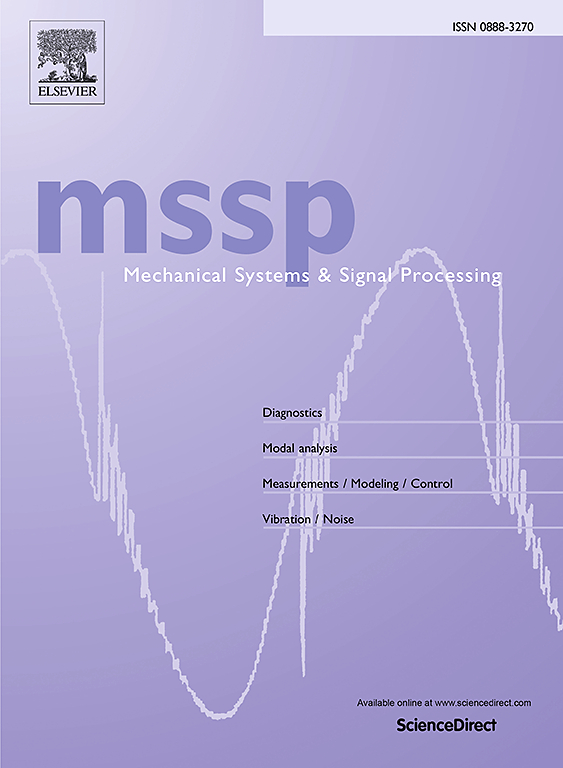A probability-preservation-based subdomain inverse mapping strategy for direct probability identification of random parameters in complex engineering systems
IF 7.9
1区 工程技术
Q1 ENGINEERING, MECHANICAL
引用次数: 0
Abstract
The response analysis of high-dimensional, nonlinear engineering systems under various excitations is inevitably associated with significant randomness and uncertainty. To assess engineering reliability accurately, a detailed stochastic model for the system must be developed first. However, some system parameters, such as those in modeling the nonlinear restoring force, cannot be directly measured and must instead be indirectly obtained through experiments. For engineering systems characterized by large-scale identical units or identical component units, it is feasible to acquire statistical system outputs, which consequently enables the probability identification of random parameters. Previous studies on the parameter identification of stochastic systems typically focused on identifying deterministic statistical quantities of the assumed certain probability-distribution forms. However, it is indeed difficult for these assumed distribution forms to accurately capture the true probability distribution to be identified. In this paper, the inverse probability problem is analyzed from the perspective of the principle of preservation of probability, and a probability-preservation-based subdomain inverse mapping (PPIM) strategy for direct probability identification is proposed. This strategy enables direct probability identification for random parameters, avoiding the assumption of certain probability-distribution forms. Under the PPIM strategy, a composite vector decomposition-combination (CDC) method is further developed to address the cases involving non-injective mappings. By assembling the composite vector and implementing the decomposition-combination iterations, the probability distribution of random parameters can be efficiently identified. Additionally, the incremental point-selection strategy, along with a global incremental point-selection (GIP) method and a local incremental point-augmentation (LIP) method, is developed in the numerical implement to realize the efficient reuse of sample data and significantly reduce the computational costs. Finally, several numerical examples are studied to demonstrate the efficiency of the proposed method in the probability identification of random parameters for engineering systems.
求助全文
约1分钟内获得全文
求助全文
来源期刊

Mechanical Systems and Signal Processing
工程技术-工程:机械
CiteScore
14.80
自引率
13.10%
发文量
1183
审稿时长
5.4 months
期刊介绍:
Journal Name: Mechanical Systems and Signal Processing (MSSP)
Interdisciplinary Focus:
Mechanical, Aerospace, and Civil Engineering
Purpose:Reporting scientific advancements of the highest quality
Arising from new techniques in sensing, instrumentation, signal processing, modelling, and control of dynamic systems
 求助内容:
求助内容: 应助结果提醒方式:
应助结果提醒方式:


